Chinese traditions and textiles are translating into global success for domestic clothing brands.
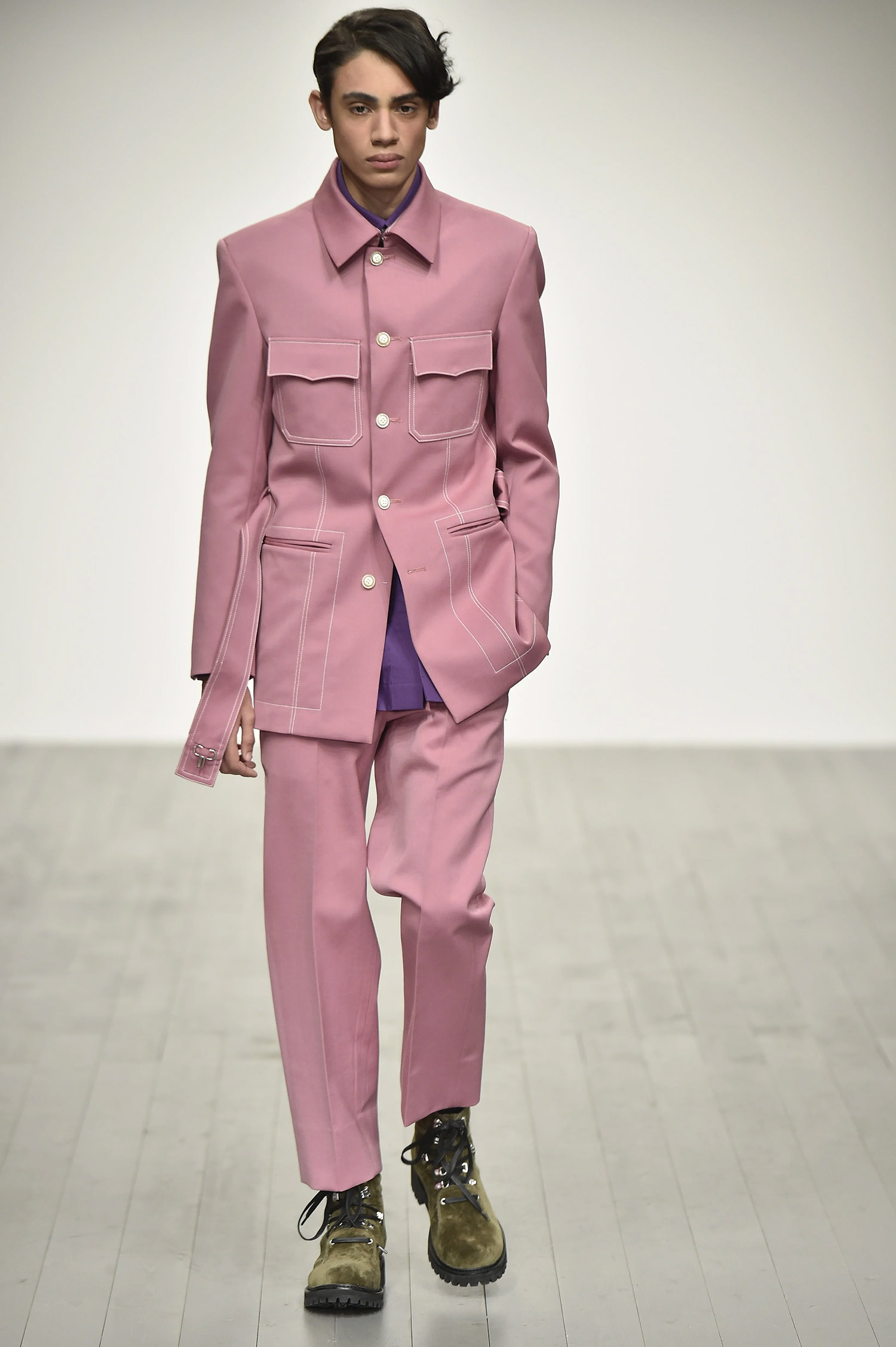
Chinese designers have been making their mark on the global stage in recent years with high-quality products and innovative designs, often drawing on the country’s rich cultural traditions and textiles to add splashes of flair.
Juzui, a Shanghai brand that appeared on the official schedule of New York Fashion Week for the Fall/Winter 2025 collection, gained widespread praise for its “Winter Blooms Whispering” collection at The Glasshouse venue in New York City on Feb 7.
Septuagenarian supermodel Maye Musk, the mother of billionaire Elon Musk, graced the runway for Juzui and closed the show.
Creative director Wang Tao skillfully integrated Chinese flower elements such as plum blossoms and peonies into modern designs, combining them with an Oriental color palette inspired by the hit historical drama Royal Feast.
Wang has twice brought Juzui to participate successfully in New York Fashion Week.
“When many overseas media described Juzui as a ‘Chinese luxury brand’, I fully understood the significance of the brand’s global expansion and the country’s increased cultural promotion,” Wang said.
Established in 2016, Pronounce has been active in international fashion weeks, including London and Milan, since 2017. In January, it released its 2025 Autumn/Winter collection “Romantic Sharpness” at Milan Fashion Week.
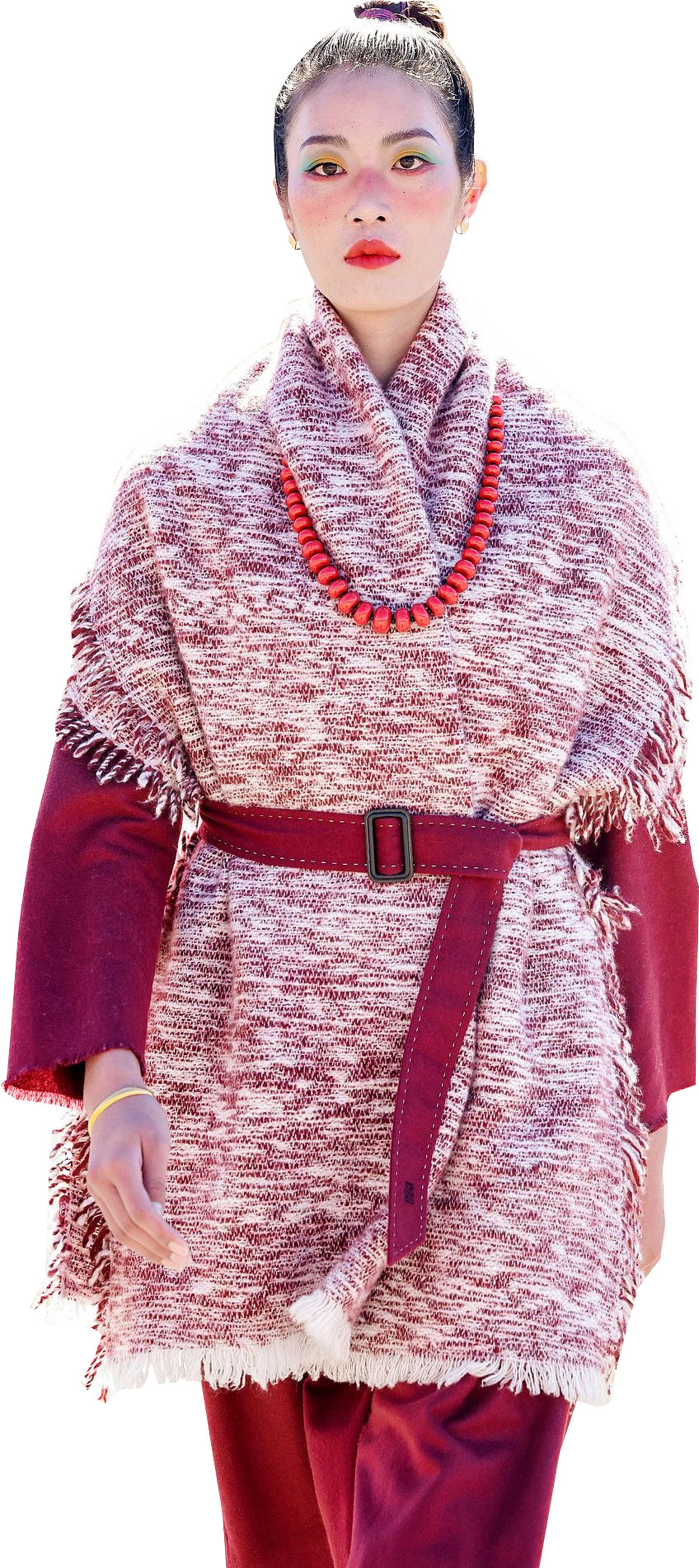
Co-founders Li Yushan and Zhou Jun are post-80s designers, and studying and working overseas has enabled them to interpret Chinese culture from a different perspective.
“Chinese designers’ works naturally carry Chinese elements, just in various forms,” Li said. “Expressing the viewpoints of Chinese creators is a manifestation of self-confidence and something to be proud of.”
Their designs often draw inspiration from Chinese culture and philosophy.
Through innovative tailoring and skillful fabric selection, they perfectly combine the charm of the East with modern fashion. Their contemporary Zhongshan (Chinese tunic) suit design was added to London’s Victoria and Albert Museum collection.
Fashion critic Godfrey Deeny commented, “Finally a really rocking edgy Chinese street tailoring brand that looks set to have a major future. It is called Pronounce.”
Li said while this might be somewhat exaggerated, the comment was inspiring.
“It actually serves as a guiding light, effectively encouraging us to persist not only in building a brand or a career but also in promoting the dissemination of Eastern culture and facilitating cross-cultural dialogue between the East and the West,” Li said.
Sandriver is a high-end cashmere brand combining intangible cultural heritage items such as the Inner Mongolia autonomous region’s hand felt and Tibet’s pulu (a kind of woolen fabric) with modern designs. Since its establishment in Shanghai’s Jinshan district in 2012, it has gone global and achieved remarkable success.

With multiple appearances at Paris Fashion Week and becoming the first Chinese brand featured at Le Bon Marche festival in Paris, Sandriver recently participated in the 2025 Maison & Objet trade show in the French capital.
“During the exhibition, we received a lot of praise,” said Guo Xiuling, the founder of Sandriver. “I brought Gesang Zhuoma, a Tibetan woman who had never been abroad before, to Paris. She sat on the floor at the booth, skillfully hand-spinning yarn and demonstrating the pulu-making process. The scene was always surrounded by a large crowd.
“The global reputation of Chinese traditional handicrafts and art is earned by our courage to showcase them,” she added.
Guo said Sandriver has a series of upcoming major shows planned worldwide.
In April, the company is scheduled to present its brand story and explain the allure of intangible cultural heritage at Harvard University’s auditorium.
“I take great pride in showcasing Chinese traditional culture and the skills of intangible cultural heritage to a global audience, helping the world appreciate the allure of Chinese brands,” she said.
Li Jun, dean of Shanghai International College of Fashion and Innovation at Donghua University, said China has long been a global leader in the textile and clothing industries.
“The trend of going global has been on the rise since two years ago, with many industries starting to expand overseas in large numbers,” said Li, adding this shift has been driven by changing market demands and international dynamics, which marks a departure from traditional passive expansion.
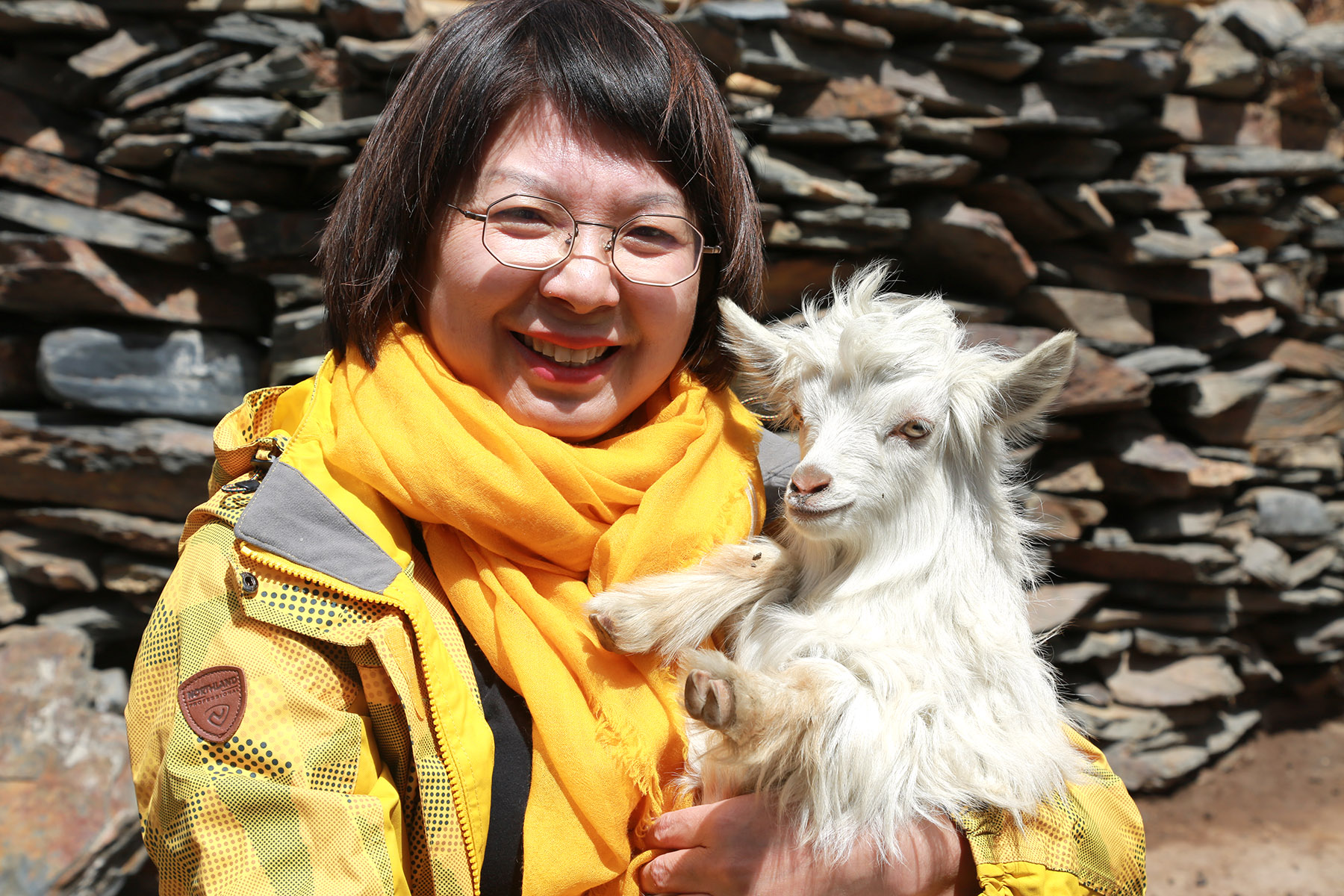
Despite remarkable achievements in recent years, Chinese designers still face numerous challenges in their global expansion efforts.
Li said the international fashion market values innovation and operates in cyclical cultural trends. Chinese culture encounters challenges in connecting with Western markets, while Chinese designers often lack in-depth knowledge of local markets and cultures.
“For instance, the Southeast Asian market presents distinct body shape variations compared with China,” Li said.
“Additionally, successful global expansion requires more than just finished products. It needs thorough exploration of overseas markets and established infrastructure support to ensure high-quality and low-risk expansion”.
He said local designers need a global mindset, adding many are lacking in this area. “Innovation is paramount and should be universally applicable and appealing, driving industry advancement,” he said.
Li Yushan from Pronounce, said Chinese designers need to create sophisticated products that resonate with Eastern tastes. “We must understand the importance of consistency, rather than relying on gimmicks,” he said.
“By producing quality products and promoting cultural values, we can influence more young designers and inspire a greater number of young individuals.”
Intellectual property protection also poses a significant challenge to designers. Guo said Sandriver faced a trademark dispute lawsuit filed by another brand in multiple countries.
“We had to persist and implement intellectual property protection measures, ultimately prevailing in the lawsuit in the United States,” she said.
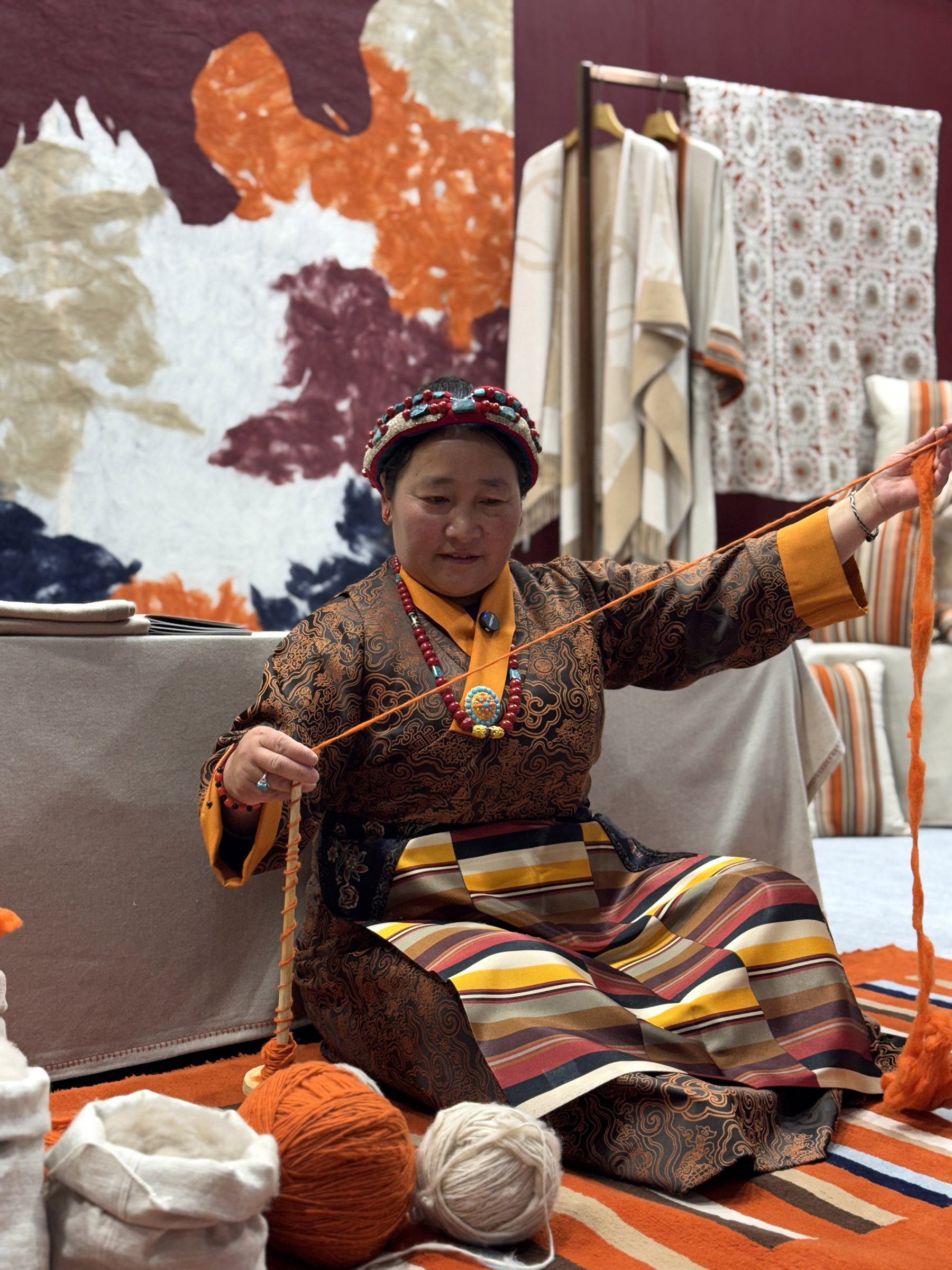
Guo also highlighted the challenges of establishing a brand. “As a new brand, limited capital hinders your ability to compete with established global luxury brands, who have the resources to engage in prolonged legal battles.”
Despite the challenges of global expansion, Guo remains confident that the fashion world will continue to embrace Chinese brands.
“While there are claims that the fashion world looks down on, or rejects products made in China, I have never encountered this. By offering exceptional products, overseas markets actually present mature consumer bases,” she said.
The Shanghai International College of Fashion and Innovation promotes cultural innovation. Its “equality, diversity, inclusivity” philosophy aims to cultivate students’ cross-cultural understanding and design capabilities.
“As a Sino-foreign cooperative educational institution, we prioritize cultural innovation and study local cultures, such as Shanghai-style and Jiangnan culture. Simultaneously, we need to have a global perspective to meet the needs of global customers,” said Li Jun, the college dean.
Jointly established in 2014 by Donghua University and Scotland’s Edinburgh University, the school aimed to create first-class creative fashion disciplines and cultivate industry talent for China and overseas.
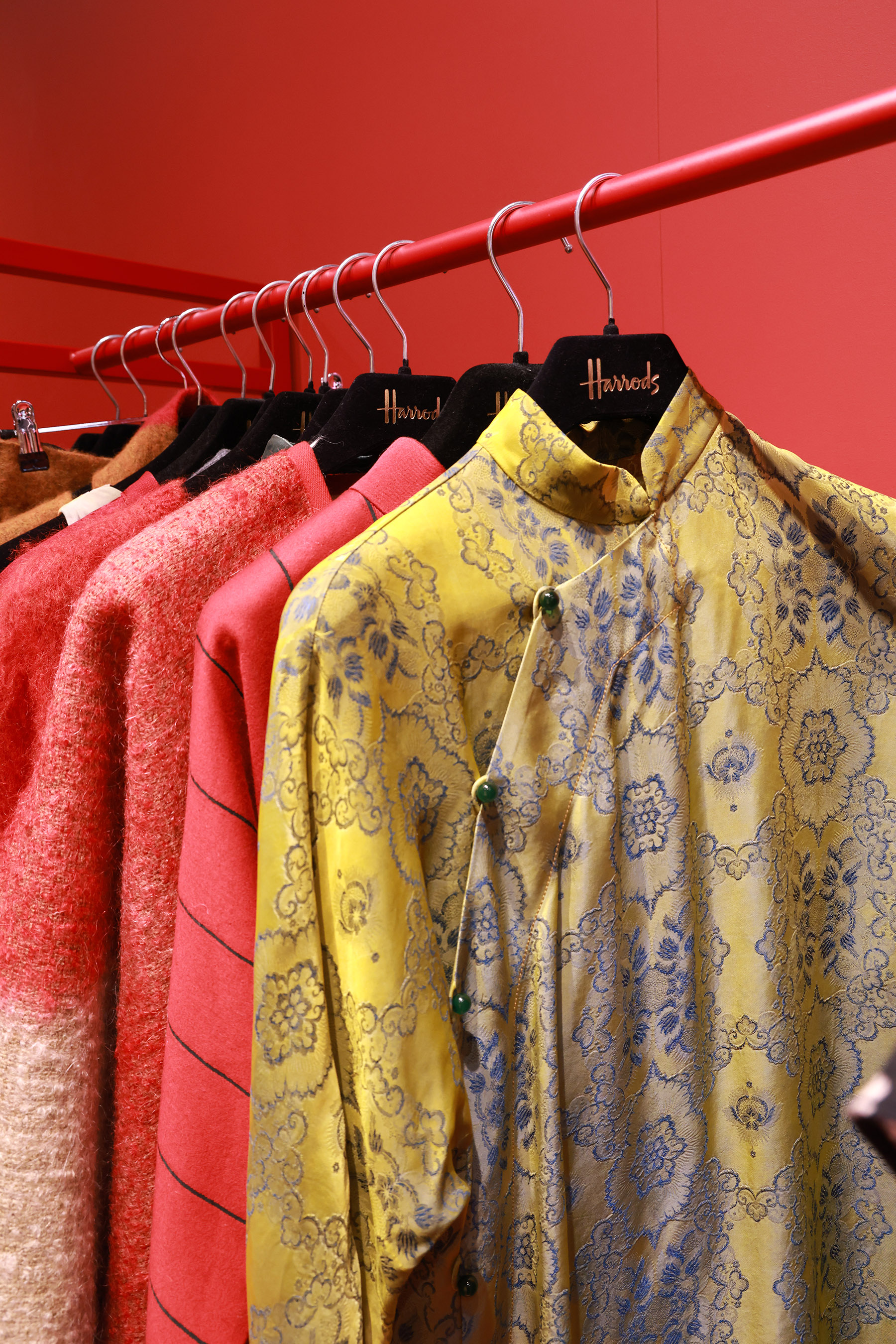
Li highlighted the importance of close collaboration between enterprises and educational institutions. The partnership between Donghua University and Ningbo Cixing Co resulted in the launch of a knitting innovation course, enabling engineers and designers to look at new machinery and material production methods. The course greatly improved the speed and efficiency of production and manufacturing.
“It presents a breakthrough in engineering and technical advancements,” Li said, noting that China is the global leader in customized production.
“Global customers can choose suitable clothing patterns according to body-type databases and quickly customize personalized requirements,” he explained.
Various platforms in the fashion industry are actively supporting brands in their global expansion efforts.
Chinese fashion platform Labelhood and London-based luxury department store Harrods have collaborated to host Chinese New Year pop-up stores, showcasing the works of Chinese designers and facilitating their entry into the international market.
This year’s pop-up store featured a selection of New Year-themed pieces and handcrafted artifacts from over 20 emerging Chinese artists and brands.
Li, the college dean, said the prospects for Chinese designers’ global expansion are promising.
“In the next five to 10 years, China’s fashion industry will, like the electric vehicle industry, take technology as its core competitiveness, achieve rapid commercial transformation, and benefit the world,” he said..


